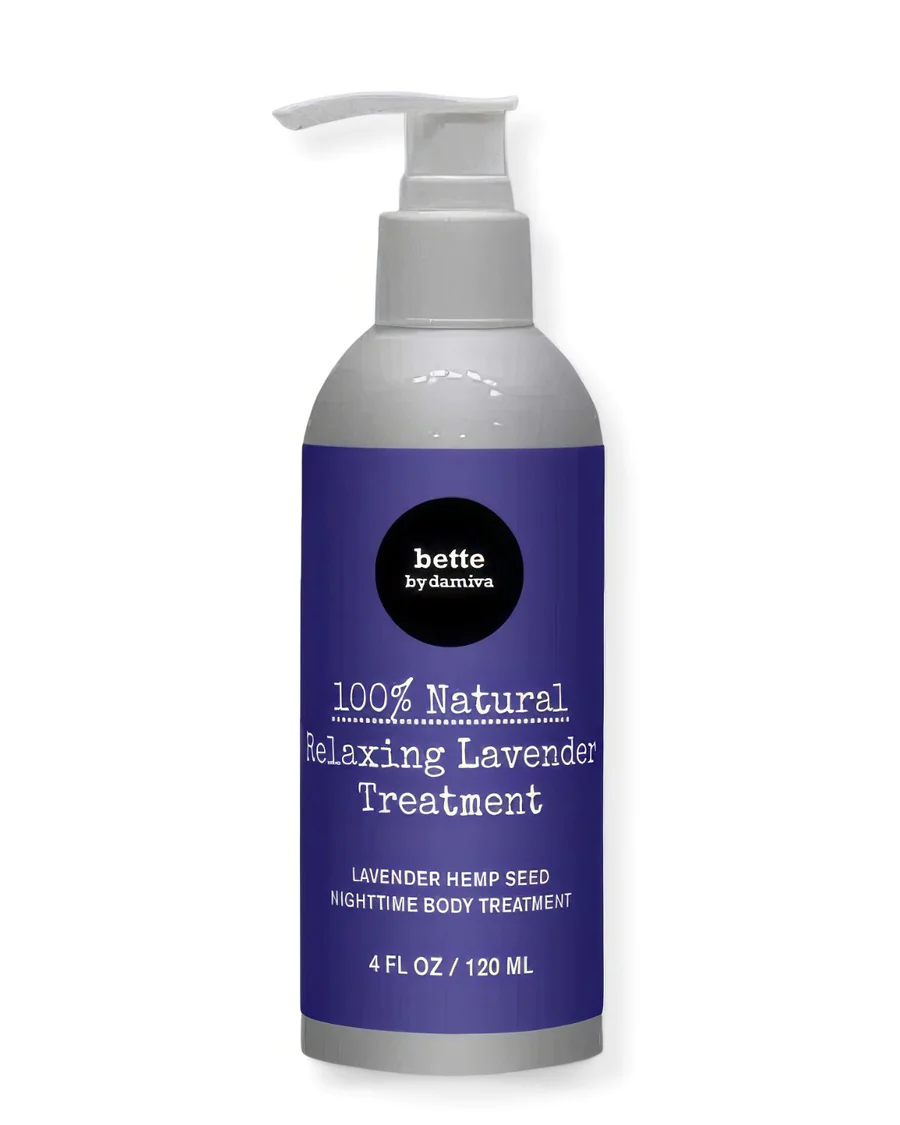Understanding Personal Boundaries
Personal boundaries are the invisible lines we draw around ourselves to protect our physical, emotional, and mental well-being. They are the limits we set with other people, which indicate what we find acceptable and unacceptable in their behavior towards us. Boundaries can be physical, such as personal space and touch; emotional, protecting our feelings and energy; intellectual, respecting our thoughts and beliefs; material, involving our possessions; and time-related, managing how and with whom we spend our time. Healthy boundaries are essential for maintaining autonomy, respect, and dignity, and they help us to separate our own thoughts, feelings, and needs from those of others.
The Role of Boundaries in Self-Empowerment
Establishing personal boundaries is a critical step in self-empowerment. By defining and asserting our limits, we take control of our lives and how we interact with others. Boundaries allow us to express our self-worth and desire for respect, and they enable us to make choices based on our personal values and needs. When we set boundaries, we communicate that our feelings and needs are valid and important. This, in turn, can lead to increased self-esteem and a stronger sense of identity. Moreover, boundaries can prevent burnout and emotional exhaustion by ensuring we do not overextend ourselves, thus preserving our mental health and overall happiness.
Challenges Faced in Establishing Boundaries
While the benefits of setting boundaries are clear, the process of establishing them can be fraught with challenges. One common obstacle is the fear of rejection or conflict, which can lead individuals to avoid setting necessary limits. Others may struggle with low self-esteem, feeling unworthy of having their needs met. Additionally, those with a history of poor boundary models in childhood may find it difficult to recognize and assert their own boundaries as adults. There is also the challenge of communicating boundaries effectively, which requires clarity, assertiveness, and sometimes, the willingness to enforce consequences. Lastly, the dynamic nature of relationships means that boundaries may need to be adjusted over time, requiring ongoing communication and negotiation.
Despite these challenges, the pursuit of healthy personal boundaries is a worthwhile endeavor that can lead to a more empowered and fulfilling life. As we navigate the complexities of relationships and personal growth, understanding, setting, and maintaining boundaries is an essential skill that serves as the foundation for mutual respect and well-being.

Feeling You Have a Right to Safe Beauty & Fem Care?
If so, it may be time for a change. It starts with knowledge. We have a few suggestions in our new guides.
The Impact of Life Stages on Boundaries
Boundaries During Motherhood and Child-Rearing
Motherhood and child-rearing are transformative experiences that necessitate a redefinition of personal boundaries. During this stage, a mother’s time, physical space, and emotional energy are often intensely shared with her children. Establishing boundaries can be challenging, as the line between nurturing and self-sacrifice becomes blurred. It is essential for mothers to carve out personal time, set limits on their availability, and communicate their needs to family members. This not only preserves their well-being but also models healthy boundary-setting for their children.
Shifts in Boundaries During Midlife and Menopause
Midlife and menopause represent a period of significant change for many women, impacting their physical, emotional, and social boundaries. As children grow up and become more independent, women often reassess their roles and the boundaries that have defined them. Menopause can bring about a newfound assertiveness and clarity about one’s needs and limits. It’s a time when women might renegotiate their relationships, seek new career paths, or establish firmer boundaries to protect their health and emotional well-being.
Re-evaluating Priorities and Boundaries Post-Menopause
Post-menopause often brings a sense of liberation and the opportunity to re-evaluate life’s priorities and boundaries. With the end of reproductive responsibilities and the wisdom of experience, many women feel empowered to pursue personal interests and passions that were previously sidelined. It’s a stage for setting new boundaries that align with one’s evolving identity, ensuring that relationships and engagements are fulfilling and reciprocal. This re-evaluation can lead to a more authentic and satisfying life.
Identifying and Honoring Personal Values
The Process of Identifying Core Values
Identifying core values is the cornerstone of establishing personal boundaries. Core values are the fundamental beliefs that guide our behaviors, decisions, and actions. To identify these, one must engage in introspection and reflection. Start by considering what brings you joy, fulfillment, and a sense of purpose. Ask yourself what you cannot compromise on, what you stand for, and what you want your life to represent. These questions can lead to a clearer understanding of your core values. It’s helpful to write these down and prioritize them, as they will serve as the foundation for your personal boundaries.
Aligning Boundaries with Personal Values
Once core values are identified, the next step is to align your boundaries with these values. This alignment ensures that the boundaries you set are not arbitrary but are instead deeply connected to what is most important to you. For instance, if one of your core values is ‘family time’, you might set a boundary to not work on weekends. If ‘personal growth’ is a value, you might establish a boundary around dedicating time to read or learn something new each day. Aligning boundaries with personal values is a dynamic process that requires ongoing attention and adjustment as your life and values evolve.
Example: Joanna’s Journey to Establishing Boundaries
Joanna, a mid-aged marketing executive, found herself constantly overworked and overwhelmed. She valued ‘work-life balance’ but struggled to maintain it. Through coaching, Jane identified her core values, which included ‘health’, ‘family’, and ‘professional achievement’. She then set boundaries such as leaving the office by 6 PM to have dinner with her family and turning off her work phone after 8 PM to prioritize health through adequate rest. Joanna communicated these boundaries to her colleagues and, despite initial challenges, found that they respected her needs. Over time, Joanna’s quality of life improved significantly, illustrating the profound impact that aligning boundaries with personal values can have.
By identifying and honoring personal values, individuals can create a life that is not only more fulfilling but also one that respects their needs and well-being. This process is not without its challenges, but the rewards of living a life aligned with one’s values are immeasurable.
By the way, something for you, a little gift!!!
I am just in the middle of publishing my book. It’s about How women can balance their hormones. One part is about food and diet, of course.
Follow this link and enter your email.
I will send you this part of the book for free once the book is published. It has many concrete, practical tips and recipes and will help you feel better during menopause or times of Big hormonal fluctuations.
Annette, Damiva Lead for Health & Wellness

Practical Steps to Setting Boundaries
Brainstorming and Narrowing Down Important Values
Establishing personal boundaries begins with understanding what you value most in life. Reflect on what brings you joy, peace, and a sense of fulfillment. Consider areas such as your career, relationships, personal growth, and health. Brainstorm a list of your values and then prioritize them. This process helps you identify where you need to set boundaries. For instance, if family time is at the top of your list, you may decide to set boundaries around work hours to protect this value.
Creating Actionable Steps to Honor Values
Once you’ve identified your core values, it’s time to create actionable steps to honor them. If you value self-care, an actionable step might be to schedule regular exercise or meditation into your week. For each value, ask yourself what concrete actions you can take to respect and uphold that value. Be specific in your planning, setting aside time and resources as needed. This might include saying no to extra work, delegating tasks, or establishing a routine that supports your well-being.
Communicating Boundaries to Others
Effectively communicating your boundaries is crucial for them to be respected. Use clear, assertive language and avoid justifying, over-explaining, or apologizing for your boundaries. Practice phrases like, “I’m not available for meetings after 6 PM,” or “I need to keep Sundays free for family time.” Remember, it’s not about seeking approval; it’s about stating your needs respectfully and firmly. Be prepared for some pushback, but stand your ground and remember that maintaining your boundaries is a form of self-respect.
Maintaining and Adjusting Boundaries Over Time
Boundaries aren’t static; they may evolve as your life circumstances change. Regularly assess the effectiveness of your boundaries and be open to adjusting them as needed. If you find that a particular boundary is consistently being crossed, it may be time to reinforce it or communicate it more clearly. Conversely, if a boundary is no longer serving you, it’s okay to relax it. The key is to stay mindful of your values and ensure your boundaries align with the life you want to lead.
Remember, setting boundaries is a skill that improves with practice. It’s about honoring your needs and values, and it’s a critical step towards living a balanced and fulfilling life. By brainstorming your values, creating actionable steps, communicating effectively, and being willing to adjust over time, you’ll develop the resilience and self-respect that come from having strong personal boundaries.

Bette 100% All-Natural Relaxing Lavender Body Lotion.
Chemical-Free
Your relaxing night time body moisturizer to leave the day’s stress behind. Decompress and wish your body good night with the calming scent of lavender.
The Psychological Perspective on Boundaries
The Science of Personal Boundaries
Personal boundaries are the psychological equivalent of physical property lines, demarcating where one person ends and another begins. They are essential for healthy relationships and self-care. Psychologically, boundaries are understood as the limits we set with other people, which indicate what we find acceptable and unacceptable in their behavior towards us. These limits are crucial for mutual respect and understanding. Effective personal boundaries can protect us from being manipulated, used, or violated by others. They also allow us to separate our own thoughts, feelings, and needs from those of others, thereby fostering a strong sense of identity and self-worth.
Hormonal Influences on Boundary Setting
Our ability to set and maintain boundaries is not just a cognitive function; it is also influenced by our biology. Hormones such as cortisol and adrenaline, which are released in response to stress, can impact our perception of threat and our assertiveness in maintaining boundaries. When stress levels are high, we might find it more challenging to assert our boundaries due to heightened emotional responses or a fight-or-flight reaction. Conversely, when we feel safe and relaxed, the hormone oxytocin can promote feelings of trust and bonding, which might make us more likely to relax our boundaries. Understanding these hormonal influences can help us better navigate the complexities of boundary setting in various emotional states.
The Role of Culture and Gender in Boundary Dynamics
Cultural norms and gender roles play a significant role in how we learn about and enforce personal boundaries. In some cultures, collectivism is emphasized over individualism, which can lead to more fluid boundaries within family and community contexts. Conversely, cultures that value individualism may encourage firmer boundaries as a sign of personal autonomy. Gender roles can also influence boundary dynamics, with societal expectations sometimes dictating that women should be more accommodating and nurturing, potentially leading to more porous boundaries. Men, on the other hand, may be socialized to assert their boundaries more aggressively. Recognizing these cultural and gender influences is crucial for understanding and respecting the diverse ways in which people establish and maintain their personal boundaries.
Conclusion: Personal boundaries are a complex interplay of psychological understanding, biological influences, and socio-cultural factors. By exploring the science behind boundaries, acknowledging the role of hormones, and understanding the impact of culture and gender, we can develop a more nuanced approach to setting and maintaining the personal limits that are essential for our well-being and the health of our relationships.
Resources and Support for Boundary Setting
Books and Literature on Boundaries
One of the most effective ways to understand and implement personal boundaries is through reading books and literature dedicated to the subject. A wealth of resources is available for those seeking guidance, including the New York Times bestseller “Set Boundaries, Find Peace: A Guide to Reclaiming Yourself” by Nedra Glover Tawwab. This book provides practical advice on establishing and maintaining healthy boundaries in various aspects of life. Other notable titles include “Boundaries: When to Say Yes, How to Say No to Take Control of Your Life” by Dr. Henry Cloud and Dr. John Townsend, and “Where to Draw the Line: How to Set Healthy Boundaries Every Day” by Anne Katherine. These books offer insights into the psychological underpinnings of boundary setting and provide readers with actionable steps to protect their well-being.
Professional Coaching and Support Groups
For those who prefer interactive learning or need personalized guidance, professional coaching and support groups can be invaluable. Life coaches and therapists specializing in personal development often offer one-on-one sessions to help individuals identify their core values and translate them into firm boundaries. Additionally, support groups, whether in-person or virtual, provide a community of individuals facing similar challenges. These groups can offer empathy, diverse perspectives, and accountability as members work towards stronger personal boundaries. Organizations such as BetterHelp and Talkspace also offer online therapy services, connecting individuals with licensed professionals who can assist with boundary-related issues.
Online Platforms and Communities
The digital age has made it easier than ever to find support and resources for setting personal boundaries. Online platforms and communities, such as forums and social media groups, allow individuals to share experiences, seek advice, and find encouragement from others who understand the importance of maintaining healthy boundaries. Websites like PositivePsychology.com provide free worksheets and exercises to help individuals visualize and assert their boundaries. Additionally, educational content on platforms like YouTube and TED Talks can offer insights and strategies from experts in the field, making the process of setting and maintaining boundaries more accessible to a wider audience.
In conclusion, a variety of resources are available to assist individuals in the journey of setting personal boundaries. Whether through books, professional coaching, support groups, or online communities, these resources can empower individuals to create a life that respects their needs and promotes overall well-being.
Do you know the three main ways that your body gets in touch with harmful chemicals with everyday products? Knowledge is Power!
The Ultimate Detox Guide will tell you how to lower your exposure to harmful chemicals!

Conclusion: Embracing Boundaries for a Fulfilling Life
Throughout this article, we’ve explored the multifaceted role that personal boundaries play in enhancing our lives. Boundaries are not just a defense mechanism; they are proactive strategies for asserting our values, preserving our well-being, and navigating our relationships with clarity and respect. By setting clear boundaries, we reduce stress, avoid overcommitment, and enhance our relationships, leading to a more balanced and fulfilling existence. They are the invisible lines that not only protect us but also empower us to live authentically and with intention.
Encouragement to Take Action
Understanding the significance of boundaries is the first step, but the true transformation occurs when we take action. It’s time to move from contemplation to practice. Begin by reflecting on your values and needs, and then communicate these boundaries with confidence and respect. Remember, saying “no” is not only acceptable; it’s necessary for safeguarding your time and energy. Embrace the discomfort that may come with enforcing your boundaries, knowing that it’s part of the growth process. Encourage yourself to stay consistent, and seek support from friends, family, or professionals who understand the importance of this journey.
Final Thoughts on Personal Growth and Boundaries
As we conclude, it’s essential to recognize that the journey of setting and maintaining boundaries is ongoing and dynamic. Life’s changes may require us to reassess and adjust our boundaries to stay aligned with our evolving goals and circumstances. This process is not about isolation but about creating a life where our needs are met, our relationships are healthy, and our personal growth is nurtured. By embracing boundaries, we are not building walls but rather crafting the framework within which we can thrive.
Let us celebrate the courage it takes to establish boundaries and honor the personal growth that comes from this practice. May your commitment to setting boundaries be a testament to your self-respect and a cornerstone of a life lived with purpose and joy. Embrace your boundaries, for they are the contours that shape a life of fulfillment and peace.

















